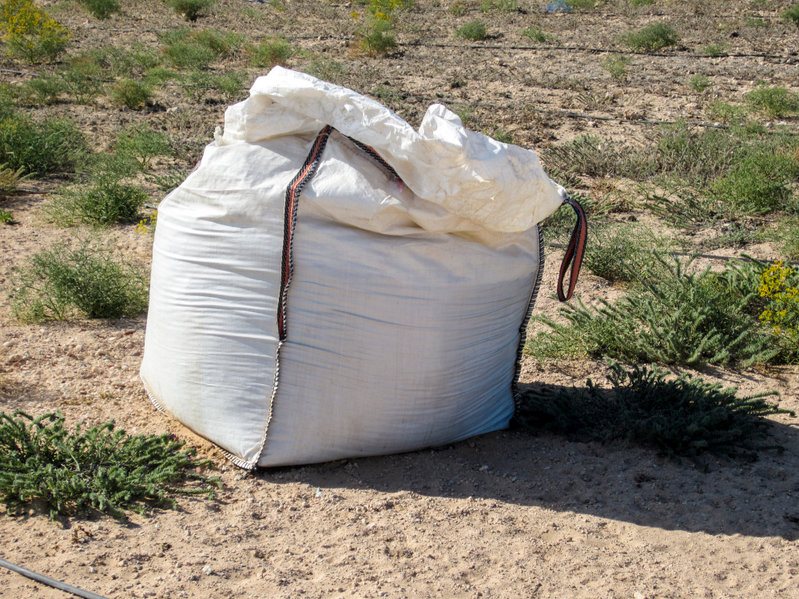
The cost of fertiliser, pushed up during the gas crisis, has been adding around £78m a month to farmers’ bills, new analysis suggests.
The Energy and Climate Intelligence Unit (ECIU) has found that farmers could spend as much as £938m a year extra - or £78m a month - on fertilisers.
The analysis looked at three commonly used fertilisers: ammonium nitrate, urea, and liquid urea ammonium nitrate.
The latest fertiliser price data shows that farmers are going into 2023 facing extremely high prices for high-carbon fertilisers made using gas.
Global fertiliser prices peaked in March-May 2022 around the time of the Russian invasion of Ukraine, then fell back over the summer.
Even though gas prices have fallen in the last few weeks, they are still three times higher than before the crisis began.
Many analysts expect wholesale gas costs to remain higher than pre-crisis levels for several years, with potential for further volatility.
While fertiliser prices are also beginning to fall, they still remain at historically high levels: UK-produced ammonium nitrate was £234 per tonne in January 2020, reached a high of £841 per tonne in July 2022, and was still at £700 per tonne in January 2023.
Matt Williams, land use analyst for ECIU said: “Farmers are getting hit from all sides, but underlying many of their troubles are oil and gas.
"A high gas price made heating greenhouses unaffordable, it’s made fertiliser expensive and burning these fossil fuels has driven up extreme weather like the droughts that are still ongoing in parts of the country.
“Investing in electric heat pumps for greenhouses, solar and wind on farms and British-made low-carbon fertilisers are, in hindsight, steps that might have helped us through the current storm.
"These measures plus building farms’ resilience through planting trees to shade livestock and trap moisture in soils would help boost the UK’s long-term food security.”
Last year, academics conducted analysis for ECIU which found that 88% of food price inflation in 2022 was down to high oil and gas prices and the impacts of climate change, equivalent to adding £407 to the average household’s food bill.
Wyn Morgan, Honorary Professor at the University of Sheffield, said that a key driver was the underlying costs of production of raw agricultural products, those that then go through processing to reach consumers.
"Within this the influence of energy is critical," he said, "Rising energy costs not only affect farmers directly - through diesel use for machinery or heating greenhouses - but also indirectly through fertiliser use.
"Energy is a major component of fertiliser production and as energy costs rise, particularly gas, then the costs of fertilisers rise too putting pressure on farm costs.
"When supply chain costs increase arising from higher energy costs (processing and transport uses a lot of energy) then there is bound to be upward pressure on the prices consumers pay.”
